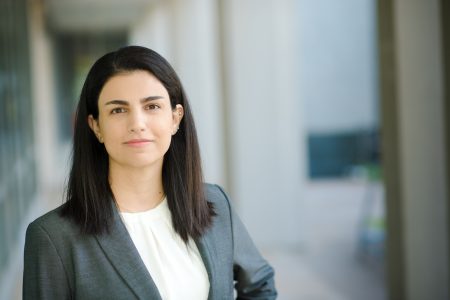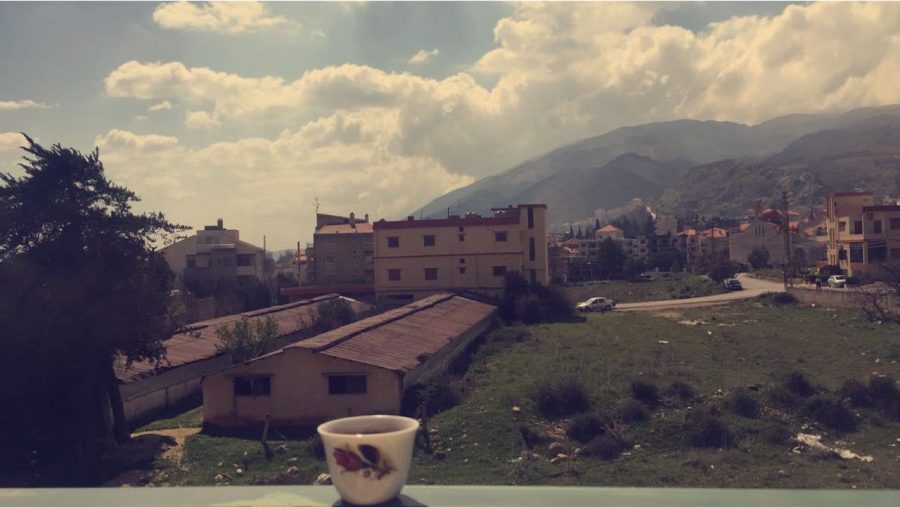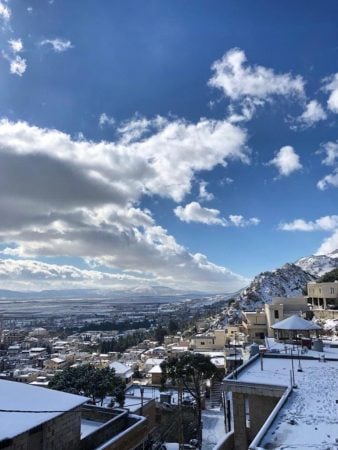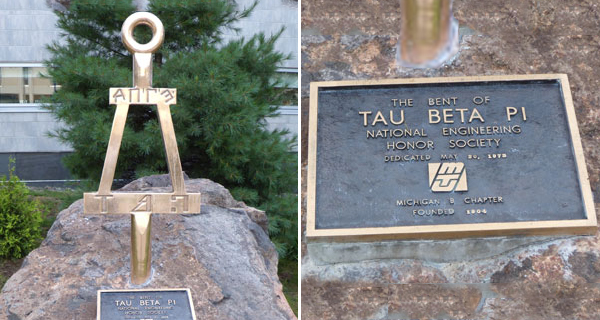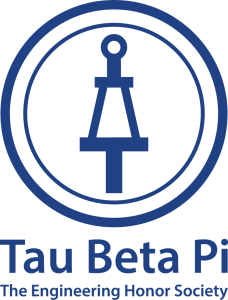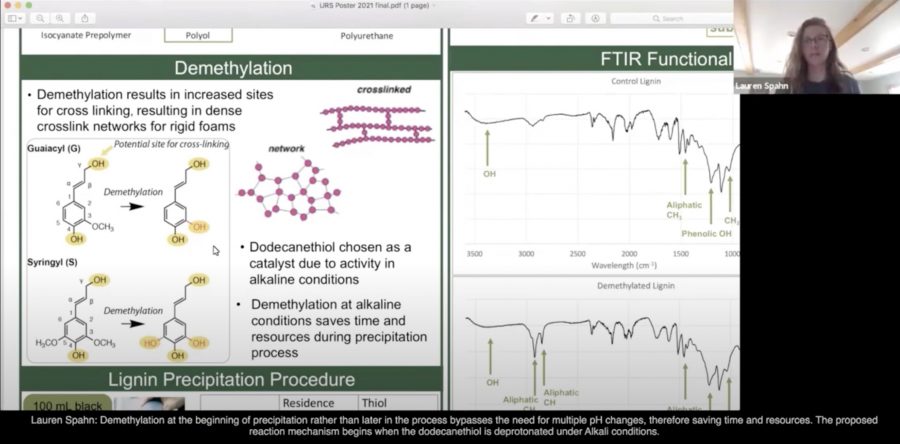
Want to combine engineering research with direct community involvement and impact? Biomedical engineering student Elizabeth Chery did, and she took the plunge just last summer at a National Science Foundation Undergraduate Research Experience (REU) at Michigan Technological University.
The 8-week, all-expensed paid program is called TECH SCEnE (short for Technology, Science and Community Engagement in Engineering). Chery stayed on campus, went on outdoor trips throughout the Keweenaw Peninsula, guided by the Keweenaw Bay Indian Community, and conducted hands-on research on campus with her team right alongside a faculty mentor.

It was nearing the end of spring 2021. Summer was just around the corner. Chery found herself eager to start applying some of the knowledge she had gained in her college courses out in the real world.
“I wanted to see how what I was learning could connect to my future—or who I could help. I also wanted to get more exposure to research, to find out what it might be like in graduate school,” she explains.
“I have a passion for service, too, so when I discovered TECHSCEnE—an REU that emphasize bi-weekly organic gardening and indigenous culture visits—I was highly motivated to apply. This program was everything I wished for!
“TECH SCEnE is great for any student deciding whether to go into research or industry. There will be a balance of both to help guide you to your decision.”
Elizabeth, what did you like most about TECHSCEnE?

The beautiful remote location of the program is what I enjoyed the most! I went to school in the big city. People fly to Miami to visit all the trendy hotspots I grew up with as a child. I found it very refreshing to be surrounded by nature, and to enjoy endless outdoor activities like fishing, biking, hiking, and going to state parks.
I liked being around many different kinds of people—and learning how to work together. Although we’re all in the same age group, we came from different parts of the United States, each with our own different social norms and upbringing. Despite TECHSCEnE’s overall goal—to consider research as a career—the faculty did a phenomenal job of educating us about team building. I met great people and we made tons of special memories together! We went on numerous field trips, some centered on career information, and others focused on social skills. Both are essential components for working in the real world.

What was the most challenging aspect?

Staying organized was a definite challenge with all the data we collected during the experiments. It was absolutely imperative that I document and create a daily report, so that I could make a strong bi-weekly presentation to my peers in the TECHSCEnE program. They were not as well-versed in my topic, so I needed to take an abstract idea and relate it to something more common without being too repetitive or complex. Their bi-weekly feedback helped me find the sweet spot of not over-explaining, yet still being clear and understandable.
What next? What are your future plans?
After completing TECHSCEnE, I joined a research lab at my own university to continue my interest in research. I recently added a minor in chemistry to my major, too. My goal for the upcoming summer is to intern for a biomedical technology company or pharmaceutical company. And my future career goal remains the same: to pursue a graduate degree in biomedical engineering with a concentration in tissue engineering. My ultimate goal is to become a physician-scientist.
Are you an adventurous college student? Want to learn how to use science and technology to benefit both community and the environment? Apply to TECH SCEnE by March 15. Tribal college, community college or university students, women and students from underrepresented backgrounds are all encouraged to apply. Learn more and apply for free at techscene.mtu.edu.

